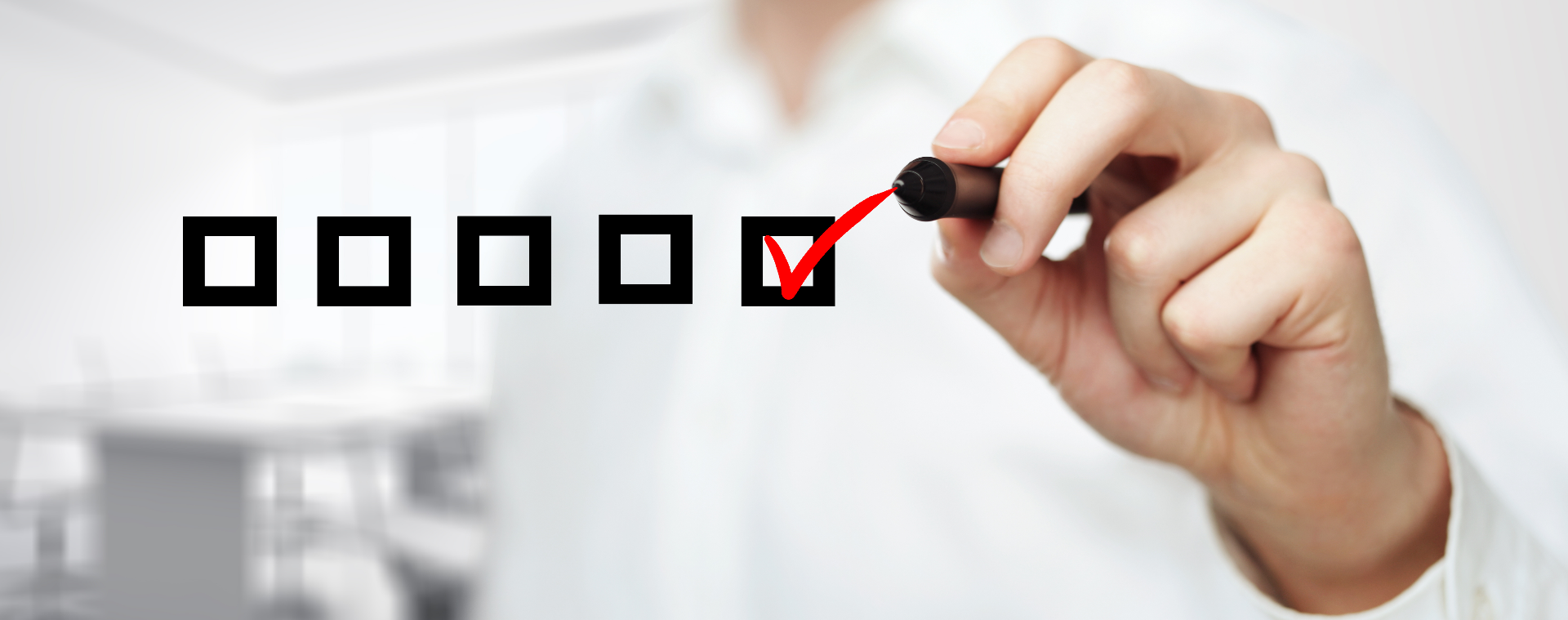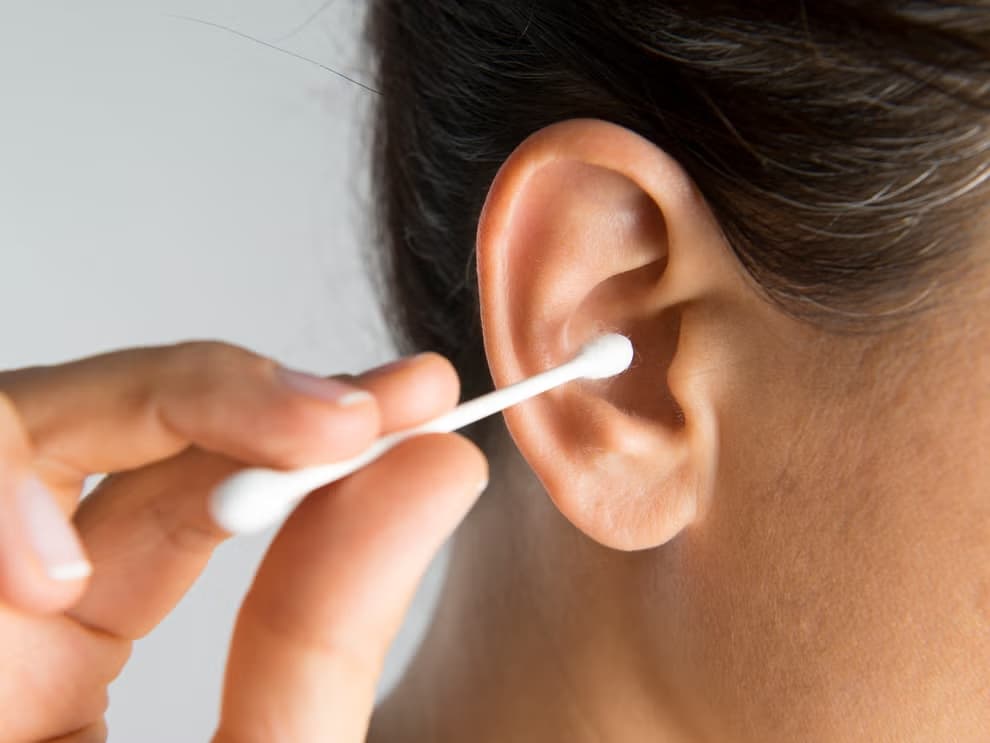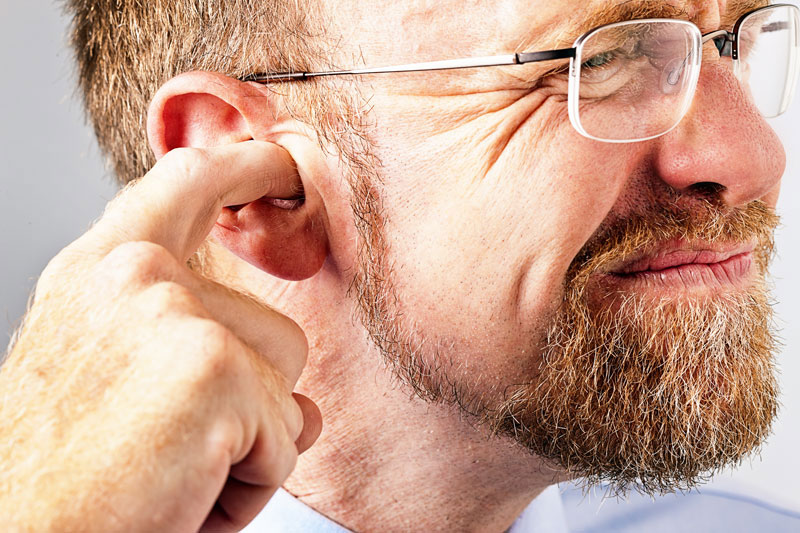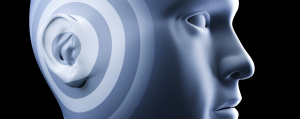5 TIPS FOR GOOD EAR WAX REMOVAL

28 February 2020
Updated on August 1st, 2023 (updated with additional tips)
EEarwax is a natural substance that the body produces to protect the ears and auditory canals from various external aggressions – dust, bacteria, insects, swimmer’s ear, among others. Normally, it is naturally eliminated. However, in some cases, earwax accumulates and forms a blockage, which can cause hearing problems and generate significant discomfort. Let’s look together at nine ways to manage an earwax blockage on your own.
1 – Restrain your use of cotton swabs

Cotton swabs should be reserved only for cleaning the external part of the ear. Indeed, their use can push the earwax further into the ear canal instead of helping it come out. This can actually promote the formation of earwax blockages and even, in the most severe cases, cause a perforation of the eardrum. To effectively manage the earwax blockage, it is preferable to opt for gentler, but also more effective solutions
2 – Try oils
Olive oil is a common natural method for eliminating earwax blockage, but other oils such as almond oil or mineral oil can also be used. The oil should be warmed between your hands until it reaches a suitable temperature. Pour 3 to 4 drops into the ear canal, head tilted to the side, once or twice a day until the blockage is naturally eliminated. The oil will help to soften the earwax and facilitate its painless and natural evacuation. This technique can be used once a week as a preventive measure. You can rinse your ear with a low-pressure stream of warm water from your shower.
3 – Massage the area around the ear
A simple massage technique can sometimes be enough to remove an earwax blockage. Make gentle circular movements on the outside of the ear to soften the blockage, thus facilitating its removal. Once the massage is finished, pull the ear slightly backward, from the lobe to the upper part. This massage can be particularly effective when combined with an olive oil treatment.
4 – Use a warm cloth to remove the ear wax
This traditional method aims to warm the blockage to soften it and facilitate its natural evacuation. To do this, you need to heat a folded cloth using an iron. Once the cloth is warm, lie on your side and place your ear on the cloth. Then rinse your ear with warm water using the shower stream. You can also dampen the cloth for increased effectiveness – the steam will help dislodge the earwax blockage from the walls of the auditory canal.
5 – Resort to a saline solution
Several saline solutions are commercially available for cleaning the auditory canals, but you can also make your own solution. To do this, mix a tablespoon of sea salt in a half cup of warm water. Soak a compress in this solution and let the liquid drip into the ear canal, head tilted to the side. This saline solution can also be used preventively.
6 – Earwax suction
This is another method you can consider to remove the earwax blockage. There are earwax suction kits available over the counter that can be used at home. These kits work by creating a gentle suction that pulls the earwax out of the ear canal. However, it is important to use these devices with caution and to follow the manufacturer’s instructions to the letter to avoid any potential injury.
7 – Over-the-counter earwax drops
There are numerous over-the-counter products that can help dissolve the earwax blockage. These products usually contain ingredients such as carbamide peroxide, mineral oil, glycerol, hydrogen peroxide, or other types of oils. They can be used following the manufacturer’s instructions and can be effective in softening the earwax and facilitating its removal.
8 – Use an ear irrigator
Ear irrigators are devices that use a water jet to dislodge and remove earwax. These devices should be used with caution to avoid damaging the ear. Never use an ear irrigator if you suspect a perforation of the eardrum.
9 – Hydrotherapy
Hydrotherapy can be used to help dislodge and remove earwax. This involves filling the ear with warm water and letting the water drain out after a few minutes. It is essential not to use very hot water and not to create excessive pressure.
Precautions to take

These home techniques can present risks. Before undertaking self-treatment, it is advisable to consult a healthcare professional to check that the eardrum is not perforated. It is essential not to try to clean your ear by yourself and to consult an ENT professional. Moreover, you can worsen the situation by injecting a liquid under pressure or too hot into your ear.
In the end, each of these methods requires great vigilance and attention. Don’t hesitate to consult an ENT or another healthcare professional immediately before starting these home treatments if you feel pain, notice a decrease in your hearing acuity, or think you have a perforated eardrum. Remember, children should not use these techniques without expert advice. Take care of your ears as they are important! Be sure to use these techniques with caution and according to your needs.
References:
General advice about earwax and its treatment:
“Dos and Don’ts of Earwax (Cerumen)”, American Academy of Otolaryngology–Head and Neck Surgery, https://www.enthealth.org/be_ent_smart/dos-and-donts-of-earwax-cerumen/
Cotton Swabs and Ear Cleaning:
“Earwax blockage”, Mayo Clinic,
https://www.mayoclinic.org/diseases-conditions/earwax-blockage/diagnosis-treatment/drc-20353007
Oil Treatments:
“A comparative study of ceruminolytic agents”
https://pubmed.ncbi.nlm.nih.gov/23120632/
Saline Solutions for Earwax Removal:
“What Is an Ear Saline Solution?”, WebMD,
https://www.webmd.com/a-to-z-guides/what-is-an-ear-saline-solution
Autres articles
SUDDEN HEARING LOSS: WHAT SHOULD YOU DO?
A medical emergency that should be taken very seriously, it can affect all adults and usually occurs in a single…
TINNITUS TREATMENT: THE MOST EFFECTIVE SOLUTIONS
Occasional or permanent, weak or intense, tinnitus is perceived as a ringing or whistling in our ears. More or less…
ARTIFICIAL INTELLIGENCE IN AUDIOLOGY: HOW AI IS TRANSFORMING THE HEARING AID EXPERIENCE
In a time when artificial intelligence is making its mark on every business, it’s nice to see that it’s making…


